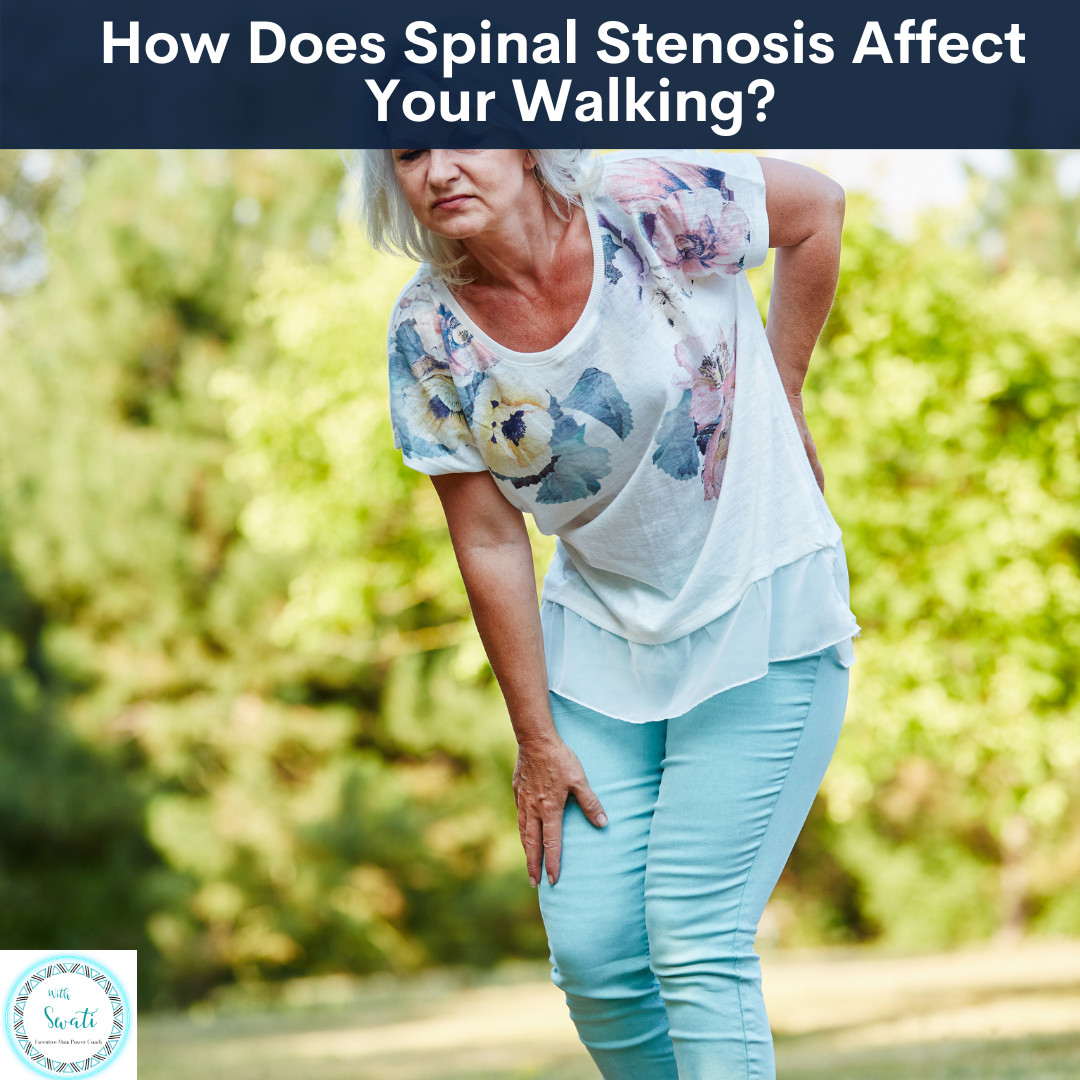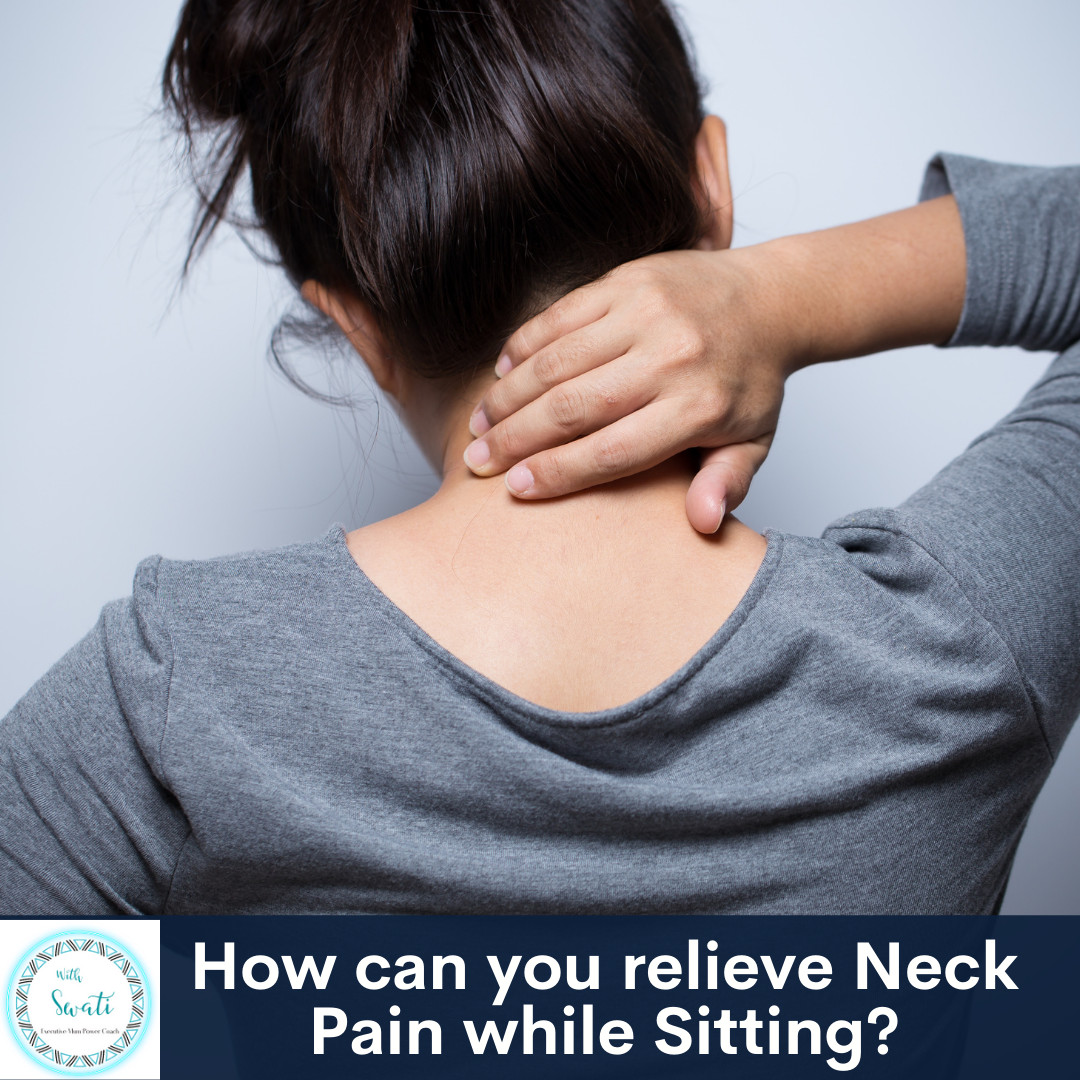
As an executive mum balancing the demands of your high-pressure job and family, even something as simple as walking can feel like a challenge when dealing with back or leg pain. If you’ve noticed discomfort, numbness, or heaviness in your legs while walking, spinal stenosis might be playing a role. This condition, characterised by a narrowing of the spaces in your spine, can have a profound effect on your mobility and day-to-day activities. In this blog, lets discuss how spinal stenosis impacts your ability to walk and what you can do to manage it.
Spinal stenosis typically occurs in the lumbar (lower back) or cervical (neck) regions of your spine. In the lumbar region, it can cause symptoms like leg pain, heaviness, and numbness, particularly noticeable when walking or standing for extended periods. This is because the narrowed spinal canal compresses nerves that travel to your legs.
Walking requires coordination between your spine, nerves, and muscles.
Leg Pain or Cramping: Pain may start in the lower back and radiate into the hips, thighs, or calves. This discomfort often intensifies with prolonged walking or standing but eases when sitting or leaning forward.
Weakness and Heaviness in Legs: Many people with spinal stenosis report their legs feeling weak, wobbly, or heavy. This can make it difficult to walk long distances or climb stairs.
Numbness or Tingling: Compression of spinal nerves can cause sensory changes in the legs and feet, making walking feel awkward or unstable.
Altered Walking Pattern: To avoid pain, you may unconsciously adjust your gait, leading to imbalances that strain other parts of your body.
The symptoms of spinal stenosis often worsen during activities that involve spinal extension, such as standing upright or walking. These positions reduce the available space in your spinal canal, exacerbating nerve compression. Interestingly, many people find relief when leaning forward, such as while using a shopping cart, because this posture opens up the spinal canal.
Watch this video to learn What does Spinal Stenosis feel like (symptoms of stenosis)?
Here are 5 easy tips to manage stenosis led walking difficulties
Use Walking Aids: A walker or cane can help take pressure off your spine and improve stability.
Modify Your Walking Routine: Incorporate short walks with frequent breaks to avoid prolonged strain.
Try Inclined Surfaces: Walking on a slight incline, such as a treadmill set at an angle, can help minimise nerve compression.
Stretch and Strengthen: Gentle exercises to stretch your lower back and strengthen core muscles can provide better spinal support.
Adopt a good posture: Posture coaching can help you tailor strategies for managing spinal stenosis symptoms.
Spinal stenosis doesn’t mean you have to stop moving altogether. By understanding how it affects your walking and making thoughtful adjustments, you can maintain an active lifestyle and stay on top of your commitments as an executive mum.
Also, if you like this blog and want to be notified about new blogs as soon as they are published, subscribe to my mailing list below.
I would love to see you around the internet! For other places you can explore more about me: https://withswati.com/page/link
















0 Comments